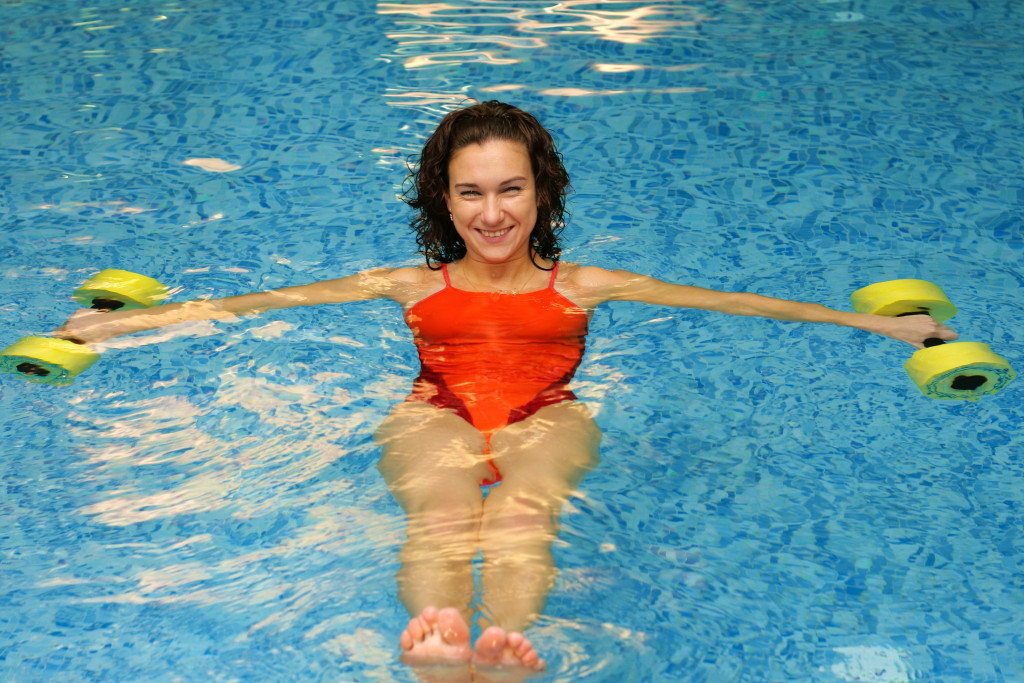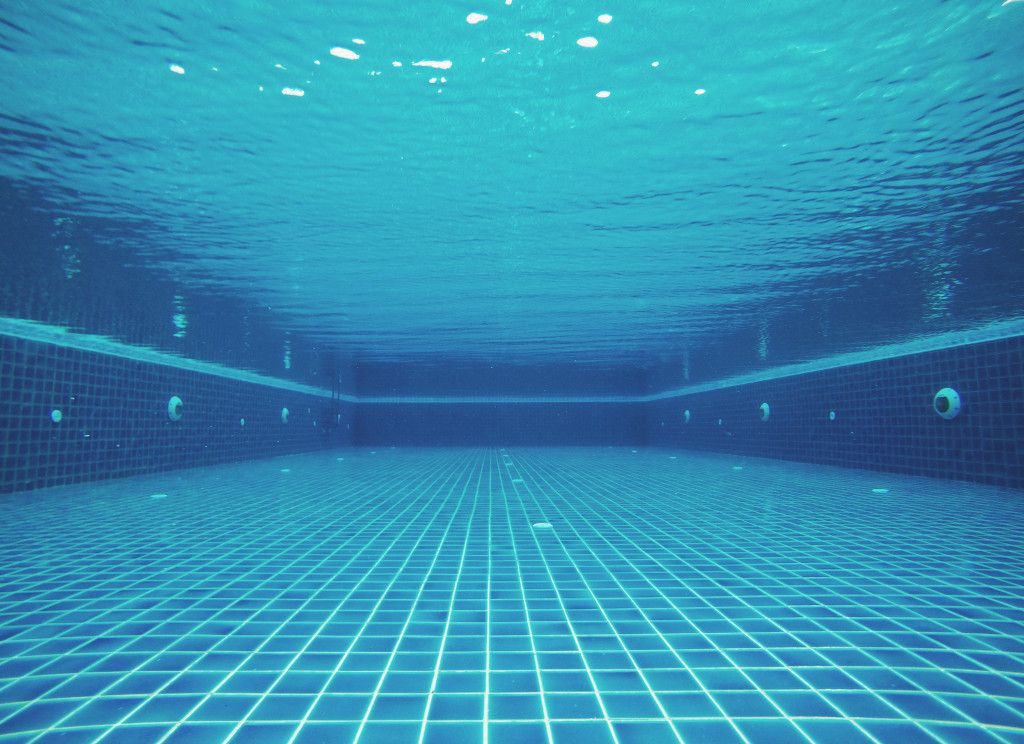Heading to the pool might not be your first approach when losing weight, but it should be. Diving in the water burns more calories within a shorter period, and each stroke can improve your metabolism. It’ll also improve your muscle mass without putting too much strain on your joints. If you want to reap the health benefits of swimming, you’ll have to determine which techniques and forms to use.
Regardless of whether you’re a professional honing your skills or an amateur, there are a few mistakes that you must avoid. Below are tips for beginners that will help you avoid such mistakes to improve your swimming techniques and forms.
Keep the Routine Simple
Most people will have high expectations or unrealistic goals at first, but they don’t know that their first time in the water can be disappointing. If swimming makes you feel uncomfortable, unsafe, or nervous, do your research and look for tips to make the experience satisfying and fun. If you’re afraid of the water, don’t go deep.
Make sure to stay in the shallow areas. If you’re still adjusting, hold onto the walls. It’ll also help to talk to the manager or local lifeguard to ask for safety tips. If you can, join swimming programs that offer a one-on-one session or hire a personal coach.
Keep telling yourself that you’re making progress, confident, and capable. One easy way to distract yourself from your nervousness is to focus on your technique and form.
Find the Aid You Require
Honing your swimming techniques isn’t an overnight journey. It takes an ample amount of time, making it worthwhile. Find a colleague, friend, or relative that can attend classes with you, inspire you, or help you stay motivated. If you’re alone, you can also do your research. Browse the internet to look for support groups online.
You might contact a swim team that offers guidance, clarity, and accountability. You can also search for local teams or groups that accommodate adult beginners. You can even reach out to a support group composed of athletes to ask for swimming tips.
It’ll also be helpful to ask your support group which pool solutions are best for your workout because they might affect your performance and movement.
Get Comfy in the Water

Most beginners waste a vast amount of energy trying to swim fast during their few sessions. That will not be helpful because you’ll only burn yourself before you can get comfortable and warmed up. If you want to follow a structured swimming routine, you should have energy throughout the entire session. Be patient.
You’ll only feel a temporary surge of speed when you start because you have a lot of energy. It’ll be much easier to control your speed and power throughout the entire workout if you’re already comfortable in the water.
Use Different Methods
Once you’re comfortable in the water, you should learn more about the different strokes and forms, including butterfly, backstroke, and breaststroke. Using numerous strokes will exercise multiple muscle groups. It’s a simple means of making the exercise fun.
If you also like to exercise continuously, try adding interval training to make your routine more dynamic. It’ll improve your stamina and technique while having fun.
Use a Structured Plan
Having a structured plan will also make you more confident that your training is helping you achieve your objectives. It’ll also allow you to focus while in the pool and track your progress. If you’re wearing a smartwatch, you can quickly sync your account to load your guided training programs, gather data, and track your progress on your wrist.
Focus on Your Forms
It’s common to feel defeated or exhausted after your swimming lesson. If you’ve just joined the class, focus on your kicking, breathing, and stroke techniques, not on how fast or far you can get. You can start attending swimming sessions at any age or fitness level but begin with a simple one.
Try repeating a few movements or drills in the water before moving on to advanced exercises once you’re already comfortable.
Find Your Inspiration
Being an amateur is tough. Maybe you’re uncertain of what you’re doing. Or you quickly get uncomfortable in a swimsuit. Overcoming your fears and building your confidence is a worthwhile journey that doesn’t happen overnight. One tip for overcoming your fears is directing your attention to what motivates you.
Despite your reasons for participating in a swimming session, find what you want to achieve and focus on those positive thoughts. Dig deeper, and don’t let fear stop you from accomplishing what you have in mind.
Diving in the water stands out because it uses the muscle groups that you don’t usually use during your regular workouts. Be consistent even if you are only working out slowly or have a short time. Being consistent is the key. You can also list your objectives and track your progress after a few weeks.

